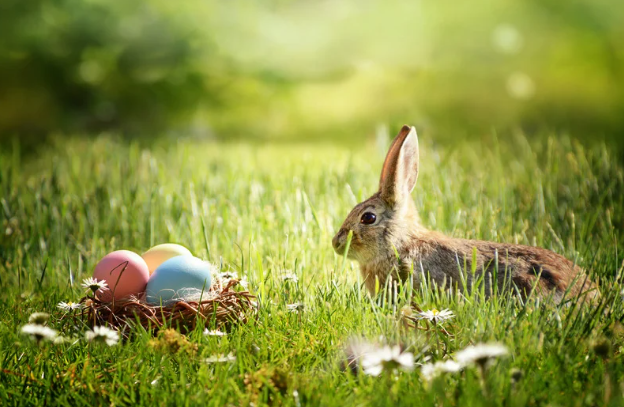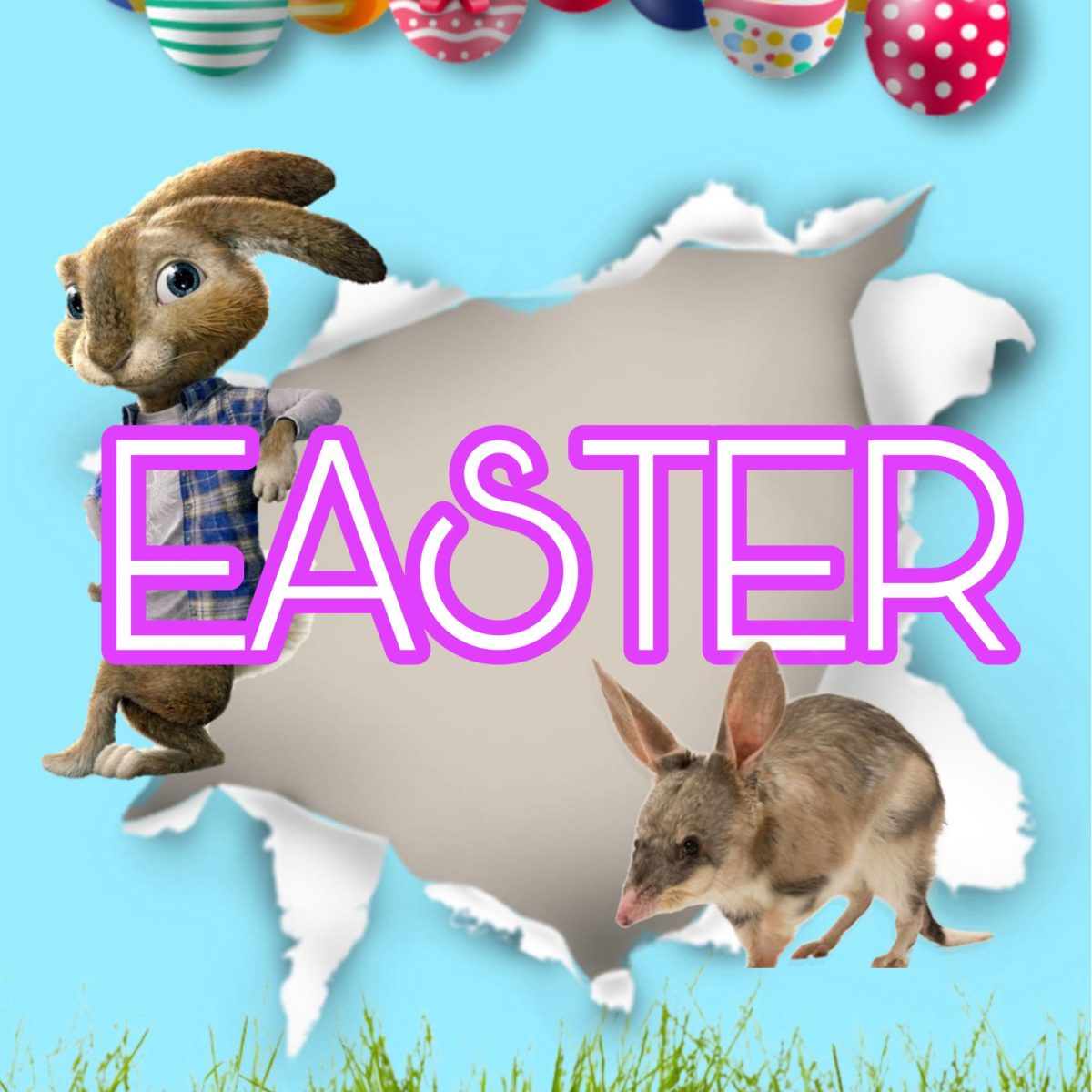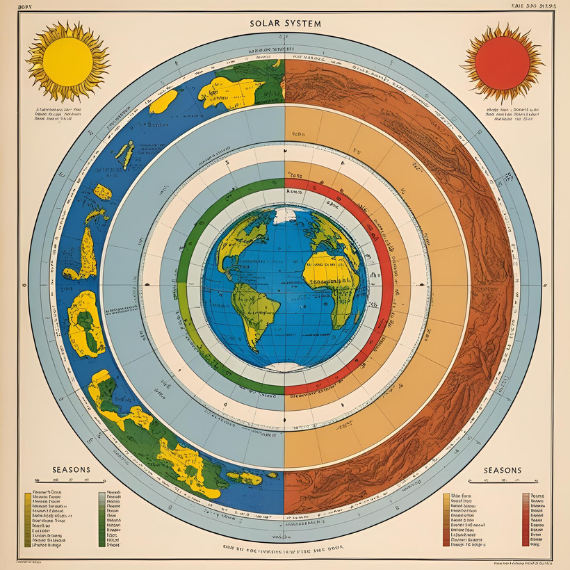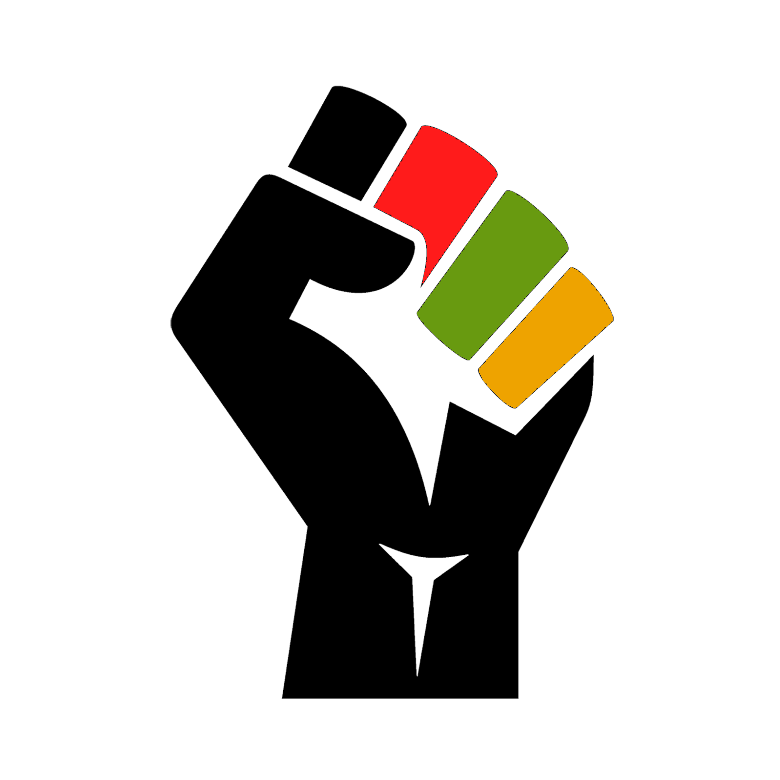As the chill weather begins to become less frequent and the budding florals of a renewing nature are arising, one may be anticipating the arrival of spring. Many years ago, when pagan practices were more common in various organized civilizations, the spring equinox was regarded as a time of great celebration. This event habitually took place around the time of March 19 through March 22 and welcomed the rebirth of the natural world. Eventually, the deep-rooted practices of this pagan holiday made its way into the Christian religion to shape what is known today as Easter.
The Spring Equinox
In 2024, the Spring Equinox took place on Tuesday, March 19, and is scientifically known as one of only two times per year that the Earth’s axis is tilted neither towards or away from the sun. This creates a nearly even distribution of sunlight to both the northern and southern hemispheres. This event typically marks the beginning of the spring season and even had more cultural significance in the past with Pagans. As is celebrated today, the Spring Equinox was a time of celebration for rebirth and fertility, anticipating the promise of warmer weather and growing crops. Furthermore, the event of Ostara was a Pagan holiday honoring spring and the sun. It would commonly involve the planting of seeds, as well as decorations of yellow, lavender, and green. Looking at the modern day, Wiccan or Pagan practices may involve meditation in a natural environment and the growing of plants.
The Pagan Origins of Easter
Seeing as though pagans lived in sync with their natural environment, the time of the Spring Equinox was considered sacred. When Emperor Constantine of Rome converted to Christianity, he knew that pagans would not cease these habitual spring celebrations. This is why, in 325 AD, the church council decided that Easter should fall on the first Sunday after the Spring Equinox. This way, the joyous recognition of Earth’s renewal could be connected to the religious holiday. Relating to pagan practices even further, in English-speaking nations, Easter gets its name from the pagan goddess of fertility and spring, Eostre.
Where Traditions Came From
Looking at commonalities of the holiday, it becomes evident that many pagan and Middle Ages traditions worked their way into Easter. Dyed and decorated Easter eggs are not a new concept, as people have been patterning boiled eggs to be eaten after Easter Sunday mass following fasting during Lent. Rabbits are another example of a symbol passed along. They can also be tied back to the goddess Eostre, who was presented as a hare. Even further, rabbits have commonly been associated with spring and fertility, largely due to their ability to reproduce quickly and in large numbers. However, the first reference to an Easter Bunny wasn’t made until 1722 in a book of folktales written by Georg Franck von Franckenau. The story detailed an Easter hare who would hide colored eggs for young children to discover. In the 19th century, the greeting card industry boomed and the Hallmark company began advertising Easter cards with bunnies and eggs on them. The Cadbury company picked up on this as they began developing solid chocolates for consumption, which were shaped into eggs and gained popularity quickly. This ultimately led to the connection of eggs, rabbits, and chocolate as longstanding symbols of the Easter holiday.
Looking at the jovial traditions associated with the Easter holiday, it is important and rewarding to look back at where they came from to build further appreciation. The world is constantly changing and incorporating ideas from different people into popular social culture, providing ever-steady opportunities for tracing back a path.










